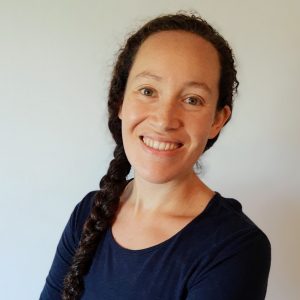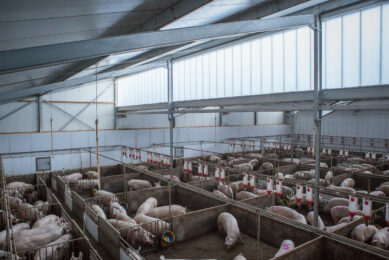Why you should always pilot new ideas on-farm
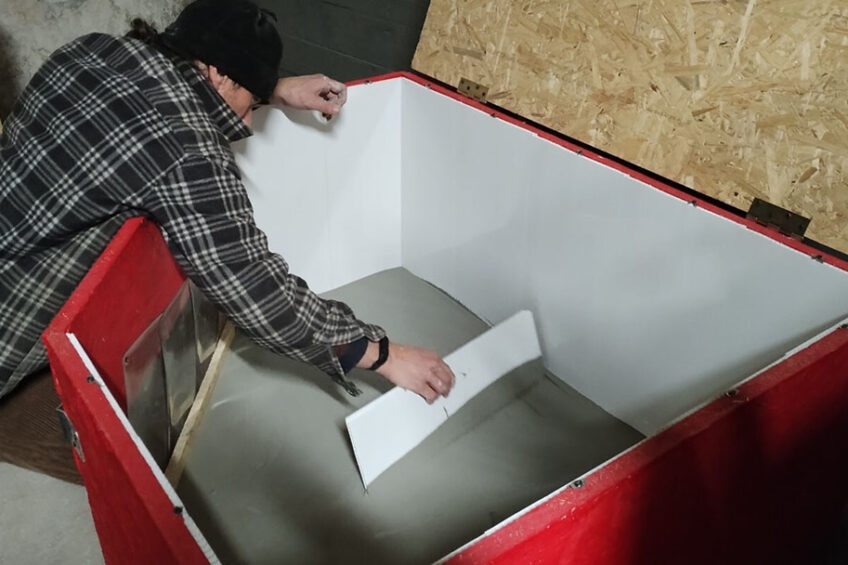
The knowledge about pig welfare, and how it can be improved in practice, is constantly growing. However, scientific knowledge does not directly translate into farm “know-how”. There is too little translation from research into practice. It can also never give a guarantee for success for every farm, as each farm has its own characteristics. On farm piloting of new ideas is therefore a must.
There are various reasons for improving pig welfare, for example to increase production performance or to maintain a viable farm that complies with current and potential future industry demands. Anyone who wants to improve animal welfare on their farm has to do a bit of their own research. What options are available? What is the most cost-effective way given the local conditions? And what consequences does it have on other aspects of farm management? Some of this information can be obtained online or from advisors. However, in order to know how a change will work out on the specific farm, it is best to do a small pilot syudy.
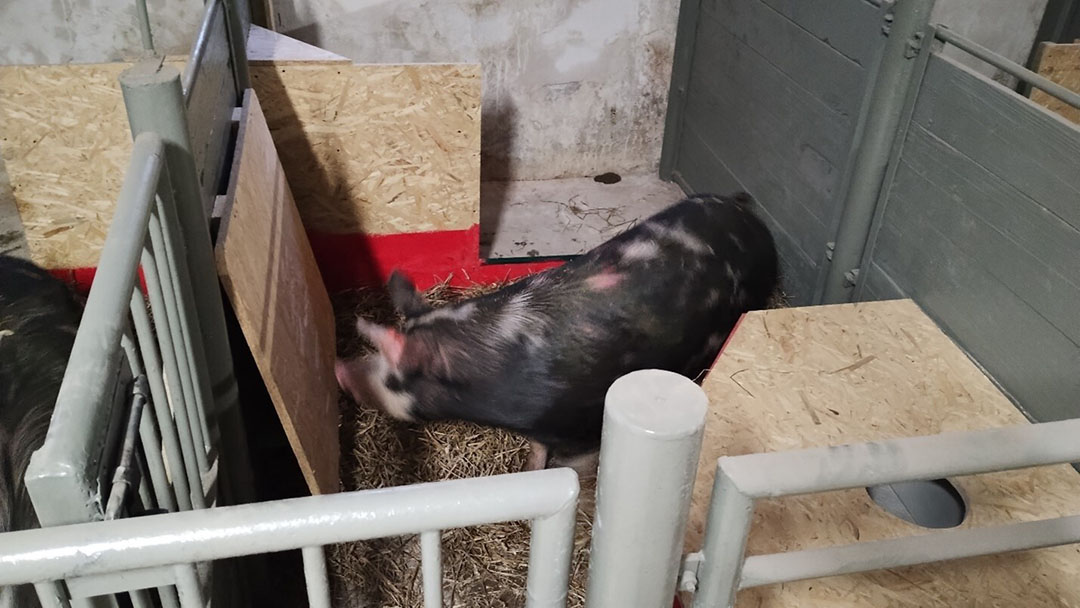
What is a pilot study?
A pilot study is a small preliminary test of a potential larger project. It is conducted to assess the feasibility of the idea or design. It especially serves to detect where changes are needed before the idea can be implemented on a larger scale. A small-scale pilot avoids large investments into something that does not work well under the given conditions. What works on one farm does not neccesarily work on another. The only way to find out what works well is to test it on-farm for a set amount of time. For example, a change that may affect sow fertility is best tried for a year before implementing it on a large scale given the seasonal fluctuation in fertility.
Measure the outcomes
To know if a change is succesful, you need to measure the outcomes. For example, the level of mortality or percentage of tail damage. First, the current results need to be known. Then, implement the change in a specified group, for example 2 farrowing batches, and measure the outcomes. If the outcomes improved, then keep the pilot test going for a little longer, as results may change across batches. If the outcomes are worse than before, then try to find out where improvement is needed. Do not give up too quickly, but prioritise animal health and welfare. If the idea really does not work, then the project can be halted before large investments are made.
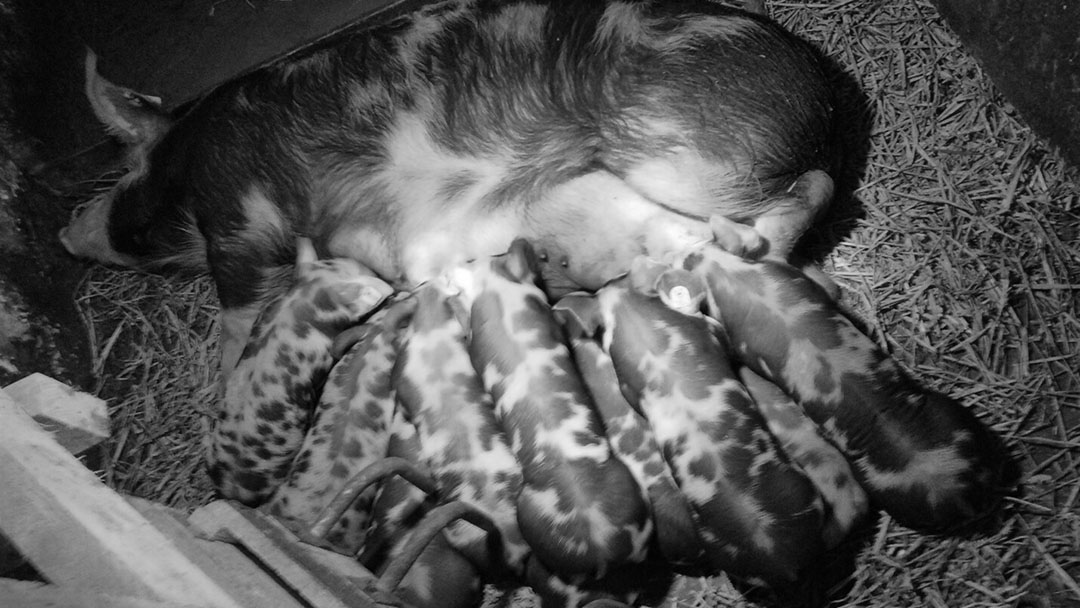
Tail docking pilot
An example of a pilot project could be to test what happens if you stop tail docking in 1 batch of pigs, or to dock the tails less short. You then also have to try out different methods to reduce tail biting, by providing appropriate enrichment material. Another example, which I am currently doing, is to build or install a few free farrowing pens. Try it first on some sows that are good mothers, and are not aggressive to stockpeople. Gradually gain more experience with the system before installing it on a larger scale. Experience comes with practice and it is best to do the trial-and-error on a small scale to avoid wrong choices or losses.
Any pilot study will surely bring up modifications. Give it a fair try, as it is not meant to be perfect from the first attempt. That is the whole reason why it is important to start small, and aim for perfection at large scale.


